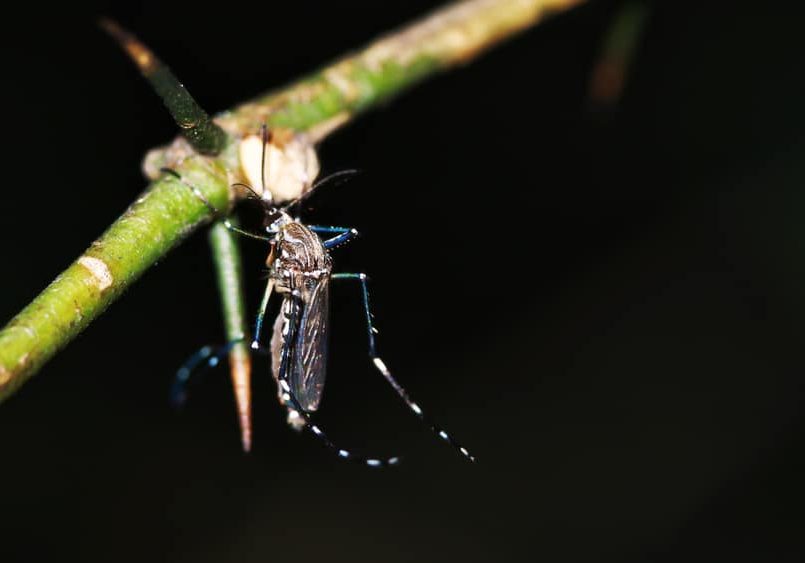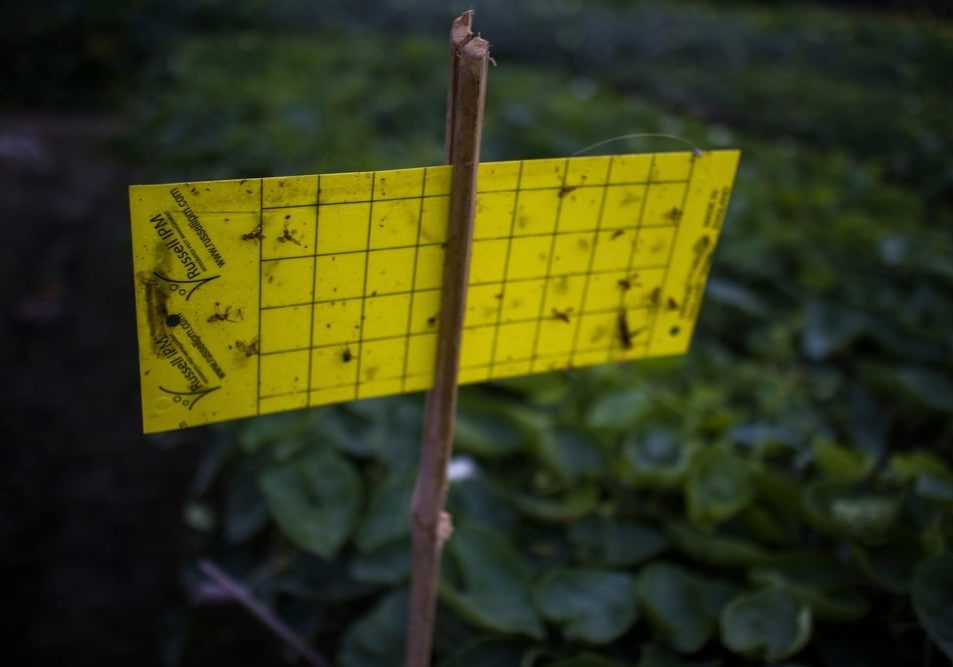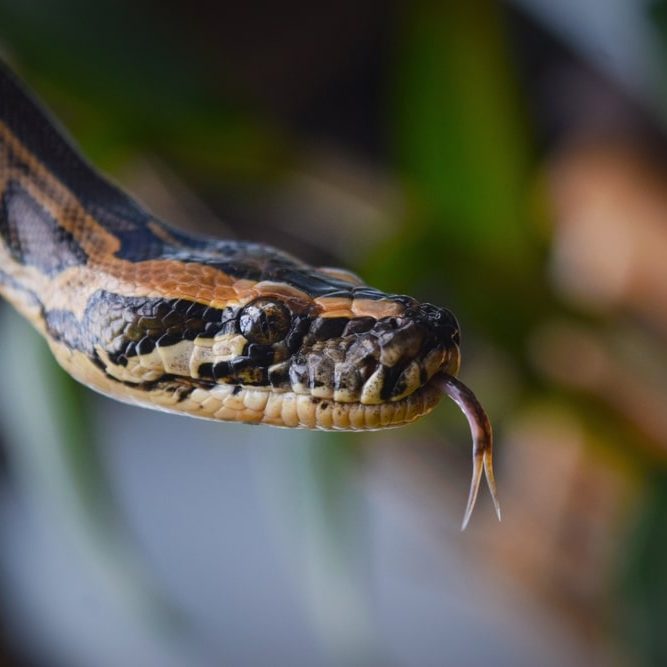I. Introduction
Invasive pests pose a significant threat to our ecosystems and the native species that inhabit them. These pests, whether creeping across our yards or fluttering through our gardens, can disrupt local habitats and lead to irreversible changes in our environment. As homeowners, understanding these threats and taking action against them is essential to preserving our natural landscapes. This blog post will explore the impacts of invasive pests on native species and ecosystems and emphasize the importance of proactive pest management strategies for homeowners.
II. Understanding Invasive Pests
To effectively address the issue of invasive pests, we first need to understand what they are and how they can change our environment.
A. Definition and Characteristics of Invasive Species
An invasive species is typically defined as a non-native organism that, when introduced to a new habitat, establishes itself and spreads rapidly, often causing harm to native species and ecosystems. Key characteristics include:
- Rapid Reproduction: Invasive species often reproduce quickly, allowing them to outcompete native species.
- Aggressive Growth: Many invasive plants and animals grow faster than their native counterparts, making them dominant in their new environments.
- Lack of Natural Predators: Invasive species often thrive because they are free from diseases and predators that would control their populations.
B. Common Examples of Invasive Pests
- Asian Tiger Mosquito (Aedes albopictus): Known for spreading diseases like Zika and dengue fever, this mosquito has rapidly expanded its range across the United States.
- Emerald Ash Borer (Agrilus planipennis): This beetle has devastated ash tree populations in North America, leading to significant ecological and economic consequences.
- Burmese Python (Python bivittatus): Found in the Florida Everglades, this snake has caused severe declines in native wildlife populations due to its predatory nature.
- Japanese Knotweed (Fallopia japonica): An aggressive plant that can dominate landscapes, it threatens native flora and can damage infrastructure.

C. Pathways of Introduction
Understanding how invasive pests enter and establish themselves in new ecosystems is critical for prevention.
- Deliberate Introduction: Some invasive species are introduced intentionally for agricultural or ornamental purposes, such as certain plants that are attractive in landscaping.
- Accidental Introduction: Many invasive species spread unintentionally through global trade and transportation, hitching rides on ships, trucks, and in luggage.
IV. Importance of Proactive Pest Management
Effective management of invasive pests requires proactive strategies to prevent their introduction and spread.
A. Early Detection and Monitoring
- Tools and Methods: Homeowners can utilize various monitoring tools such as traps, visual inspections, and citizen science apps to report sightings of invasive species.
- Successful Interventions: Communities that implement monitoring programs can track and manage invasions before they become widespread.
B. Integrated Pest Management (IPM) Strategies
- Definition of IPM: IPM is a holistic approach that focuses on long-term prevention and combines biological, cultural, and chemical strategies to manage pests.
- Benefits: By using IPM, homeowners can minimize the use of chemicals, reduce costs, and protect beneficial organisms while effectively controlling invasive species.
C. Community Engagement and Education
- Public Awareness Campaigns: Communities can organize educational campaigns to inform residents about the risks posed by invasive species and the importance of reporting sightings.
- Successful Community Programs: Local efforts such as 'weed-wrangler' days or community clean-ups can help remove invasive plants and prevent their spread.

At Emtec Pest Control, we are committed to safe and responsible pest control. We understand that your family’s safety is your number one priority, so we make it our priority, too.
If you have any other questions about any of these pests or pest control for your home or business, contact your Oklahoma pest control experts at Emtec Pest Control by calling us or by filling out our online contact form.

